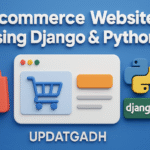
Food Delivery Time Prediction System Using Machine Learning
Food Delivery Time Prediction System
A simple project based on Food Delivery Time Prediction Using Machine Learning is designed to solve a very common problem we face in daily life — waiting for food deliveries. In food delivery apps, customers often wonder, “How long will it take for my food to arrive?” While apps show an estimated time, it is not always accurate because there are many factors involved like the delivery location, order details, weather conditions, and the delivery partner’s status.
This project uses artificial intelligence (AI) and machine learning (ML) to predict food delivery time more accurately. By analyzing historical delivery data and combining it with real-time inputs such as location and weather, the system provides predictions that are both practical and useful. It benefits everyone — customers get a clear idea of when their food will arrive, delivery partners can optimize their routes, and businesses can improve efficiency.
Project Details Table
| Attribute | Description |
|---|---|
| Project Name | Food Delivery Time Prediction Using Machine Learning |
| Language/s Used | Python |
Download New Real Time Projects :-Click here
Key Features Available
This project is not just theoretical — it comes with many features that make it closer to a real-world system:
-
Predicts Delivery Time: Calculates expected delivery duration using real-time order and location inputs.
-
Multiple ML Models: Built using regression algorithms like Linear Regression, Decision Tree, Random Forest, and XGBoost.
-
Geolocation Integration: Uses OpenCage API to convert user addresses into latitude and longitude values.
-
Interactive Frontend: Built with Streamlit, allowing users to input data and get instant predictions.
-
Ready-to-Use Model Files: Includes pre-trained
.pklfiles (model and scaler) for easy deployment. -
Sample Dataset: Comes with a dataset (
train.csv) for testing and retraining. -
Deployment Ready: Includes requirements and structured files for running directly.
Methodology
The project follows a structured ML workflow:
1. Data Collection
-
Dataset includes order details, delivery person information, city, weather, and actual delivery time.
-
Real-world-like data ensures reliable model training.
2. Data Preprocessing
-
Cleaning: Removed missing values and handled outliers.
-
Feature Engineering: Added useful features such as delivery distance and delivery partner ratings.
3. Model Development
The system trains and compares multiple models:
-
Linear Regression
-
Decision Tree
-
Random Forest
-
XGBoost (best performance for accuracy)
4. Model Evaluation
Accuracy measured using standard metrics:
-
MSE (Mean Squared Error)
-
RMSE (Root Mean Squared Error)
-
R² Score (explains how much variance is predicted correctly)
5. Deployment
-
Frontend designed in Streamlit.
-
Integrated with OpenCage Geocoding API for address-to-location conversion.
-
Final application runs through main.py, where all model and UI logic is combined.
Technology Stack
-
Programming Language: Python
-
Development Environment: Jupyter Notebook
-
Application Framework: Streamlit
Python Libraries Used
-
Pandas
-
NumPy
-
Scikit-learn
-
Matplotlib
-
Seaborn
-
XGBoost
Project Files Included
-
Food-Delivery-Time-Prediction-Using-Machine-Learning.ipynb – Notebook for training and analysis.
-
Location_finder_api.ipynb – Demonstrates how the geolocation API works.
-
main.py – Streamlit app for deployment and predictions.
-
model.pkl – Trained ML model.
-
scaler.pkl – Scaler for preprocessing input data.
-
requirements.txt – List of dependencies.
-
train.csv – Dataset for training and testing.
Conclusion
The Food Delivery Time Prediction project is a practical example of applying ML in real life. It shows how AI can improve everyday services by giving more reliable time estimates. For students, this project is especially valuable because:
-
It demonstrates end-to-end ML pipeline (from data preprocessing to deployment).
-
It integrates APIs (OpenCage) for real-world functionality.
-
It teaches how to use Streamlit for creating interactive apps.
-
It provides ready datasets and model files, making it easy to run and learn.
This project is simple enough for beginners but powerful enough to showcase in portfolios and academic work.
We have projects Available in all languages:–Click Here

food delivery time prediction project report pdf
food delivery time prediction github
food delivery time prediction dataset
online food order prediction using machine learning
food delivery time prediction using lstm
predict delivery time machine learning
food delivery dataset
online food delivery data
food delivery time prediction system using machine learning using python
food delivery time prediction system using machine learning github
food delivery time prediction system using machine learning python
food delivery time prediction system using machine learning pdf
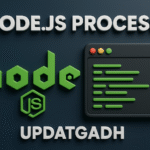






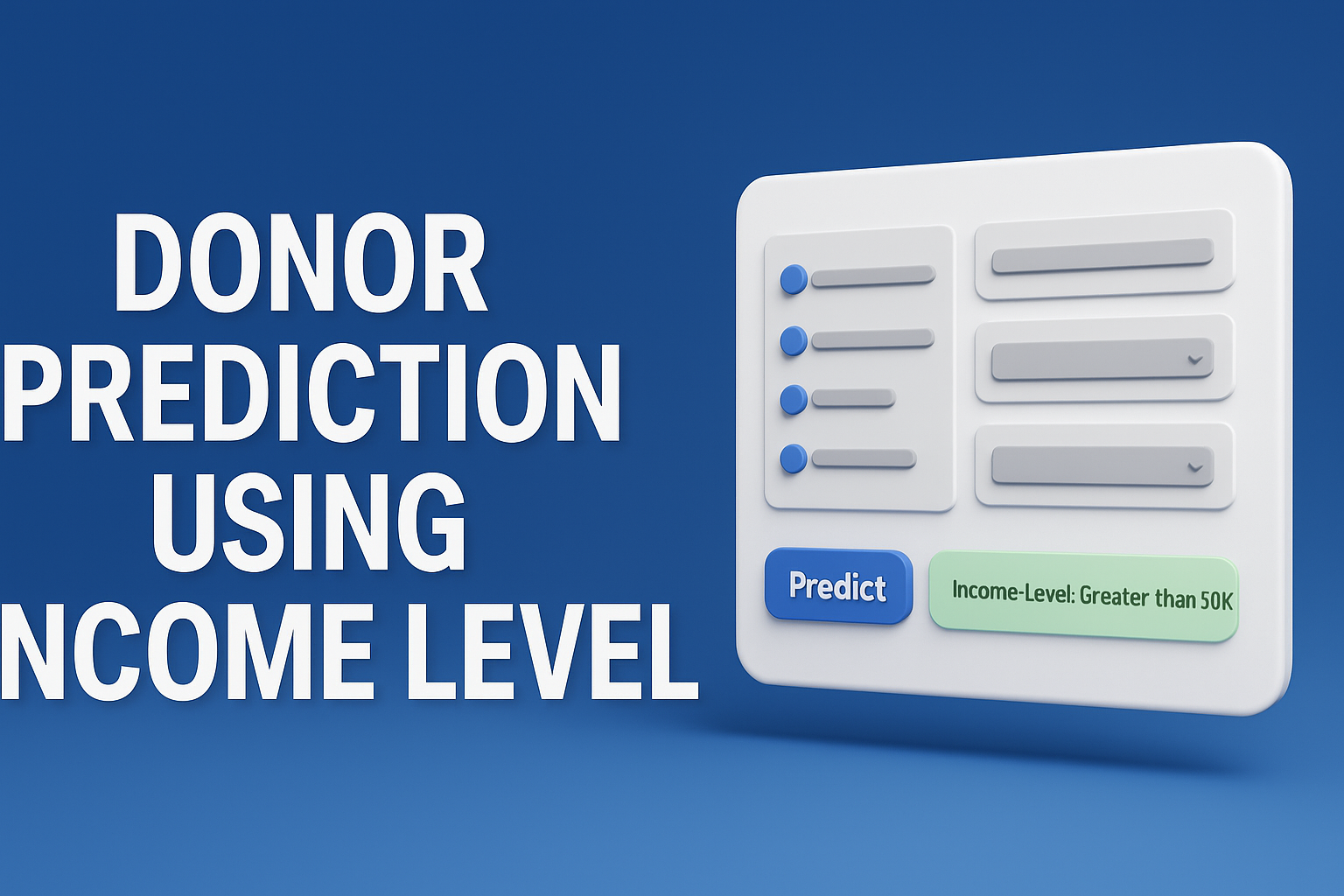
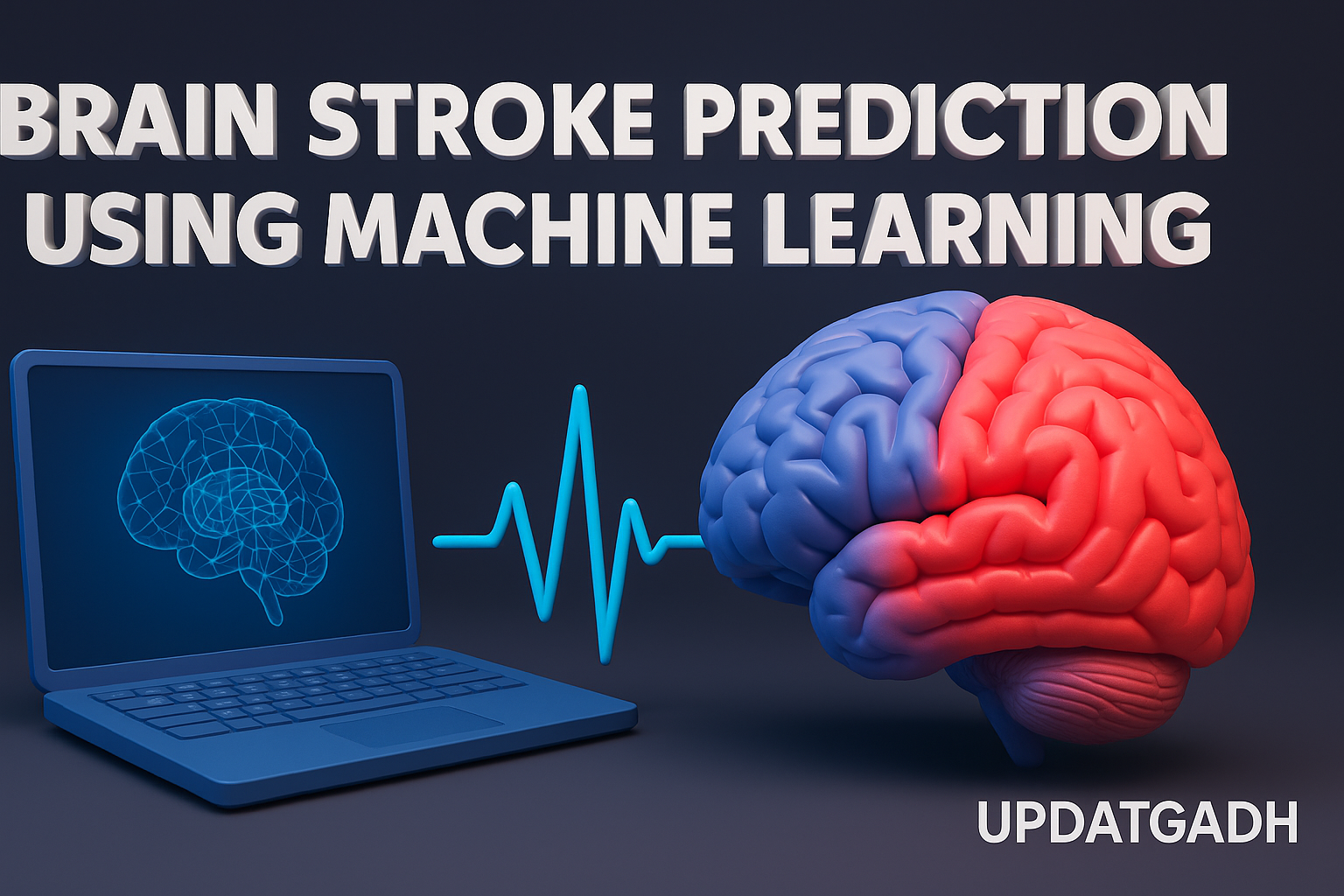
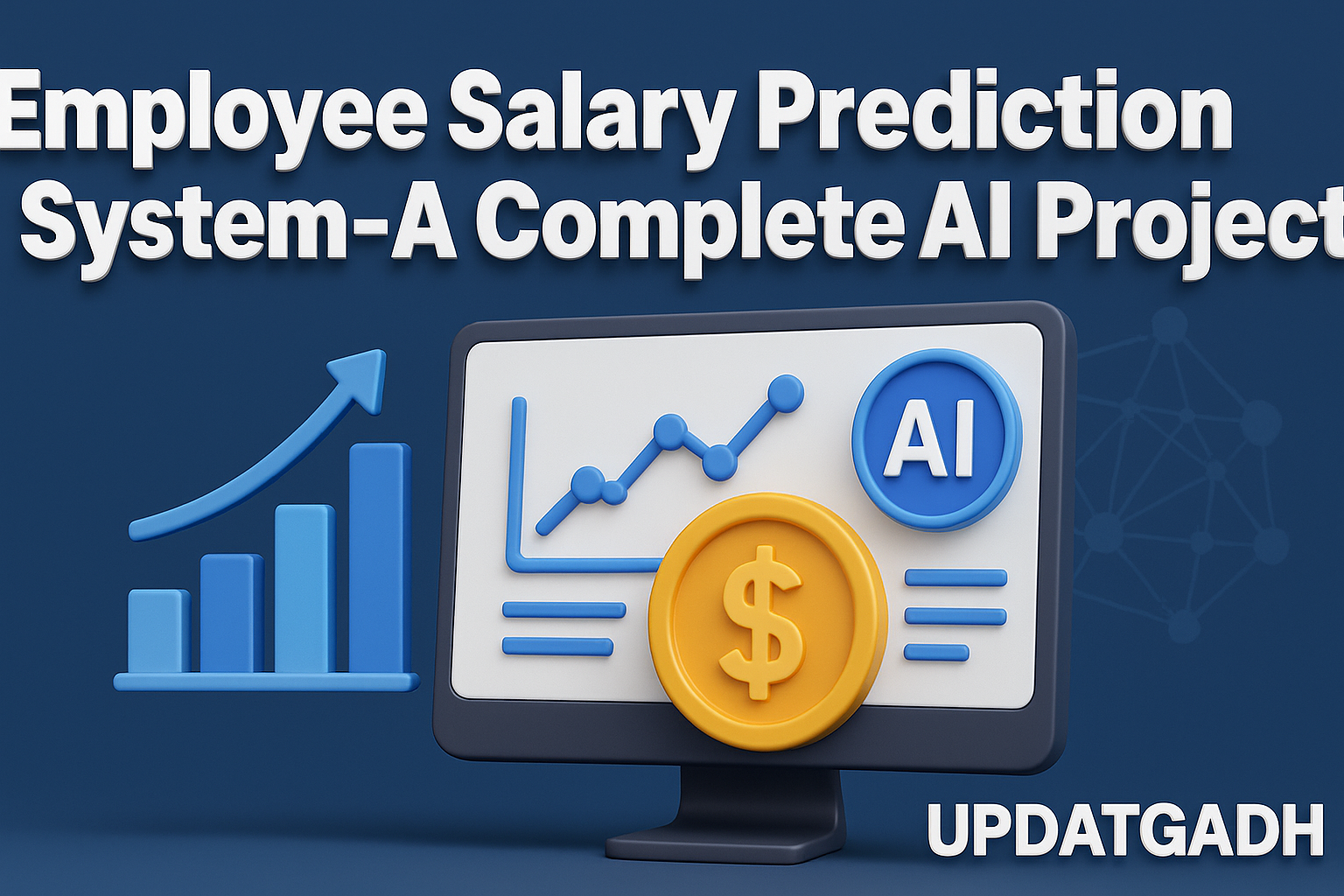
Post Comment